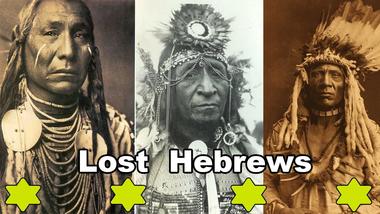
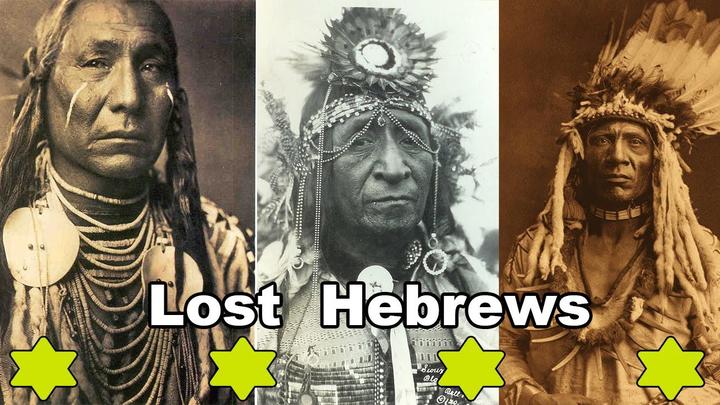
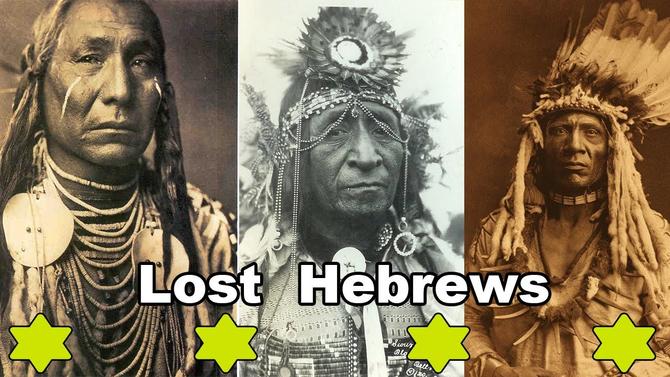
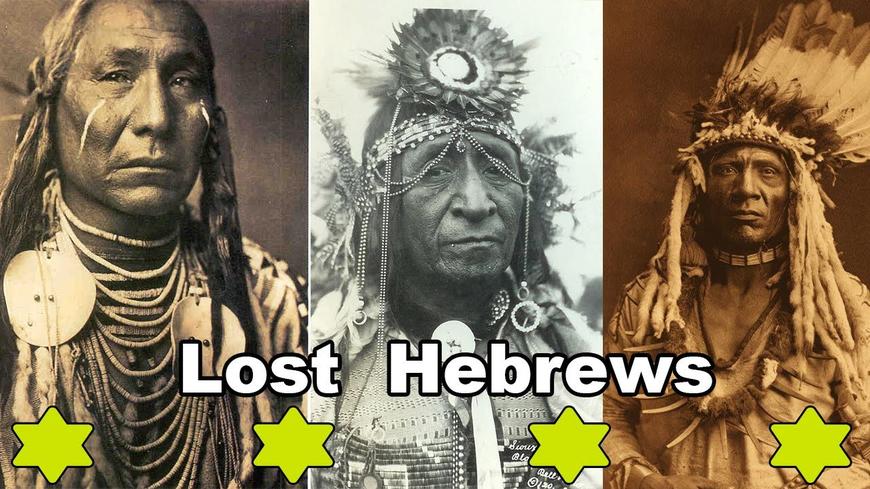
The Basketmaker II peoples are the population, who lived about 1500 BC. The origin of these people is unknown. Basketmaker II lived in different areas of Colorado Plateau, these places included different caves, which they used as shelters and agricultural development. Despite their ancient origin, Basketmakers II were very talented in various activities. Their primary skills were growing plants and hunting. In addition, they were very qualified in basketry and created the products of the highest rate. Basketmaker II could easily make beautiful dishes, baskets, crafts and so forth. As they lived in very difficult conditions, they usually dealt with cultivating crops. These were corn and pinyon nuts. If the weather conditions had a bad impact on the crops, Basketmaker II faced serious troubles, as the crops attracted the deer, which was the main aim of their hunting. The study of this population is very important for the American archeology, due to the fact that they reveal the way of life of ancient civilizations and help us to make a better vision of their culture. The elements, which remained from the times of their existence, such as bone awls, fur and feather robes, stone pipes and so forth give a great number of ideas for archeologist’s imagination. The social organization of Basketmaker II was predetermined by their living conditions. They existed in groups due to the fact that they could survive only in case of interaction and mutual support. Their concern about the issues of life organization helped them to create a strong and assimilated nation.
Maya is a Mesoamerican civilization, known for their art and architecture. The first settlements, ascribed to the construction of the Mayan civilization in Quay (Belize) dated about 2000 BC. Maya lived by separate and independent tribes. Each of these independent tribes formed the city-state with the surrounding land and towns. It was headed by the governor - "a great man", who received unlimited rights. The scientists have no clear position about the emergence of ancient Mayan civilization and the reasons it died. Since ancient times, Maya lived on the territory, which occupied the South of Mexico and a significant part of Central America. Most of the territory they lived in was covered by jungles. The most interesting thing is that they managed to create the whole cities in such conditions. It was the most significant civilization in the New World, which had particular skills for learning. The social life of Maya acquired the features of the competition. Maya possessed great abilities for literacy. Ancient hieroglyphs manifest it. The only thing which the members of the tribe did not manage to achieve is political development. While other civilizations developed the system of their ruling, becoming political institutions, Maya was unable to form a consolidated government because of its low population and harsh environment. Thus, the cultural development of Maya provided the impetus for worldwide intellectual development.
Attached file: Ancient peoples of America.docx
Click download to get access to a full version of the paper

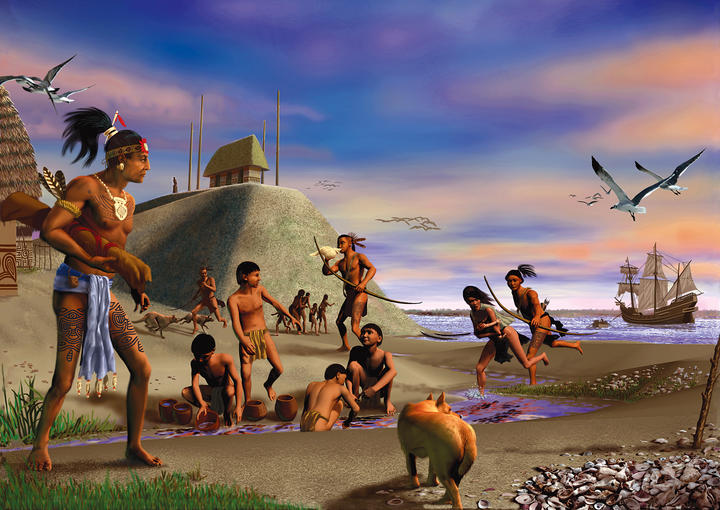
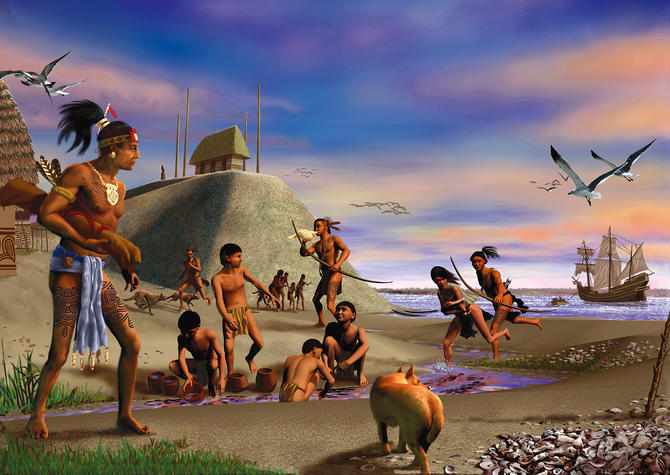
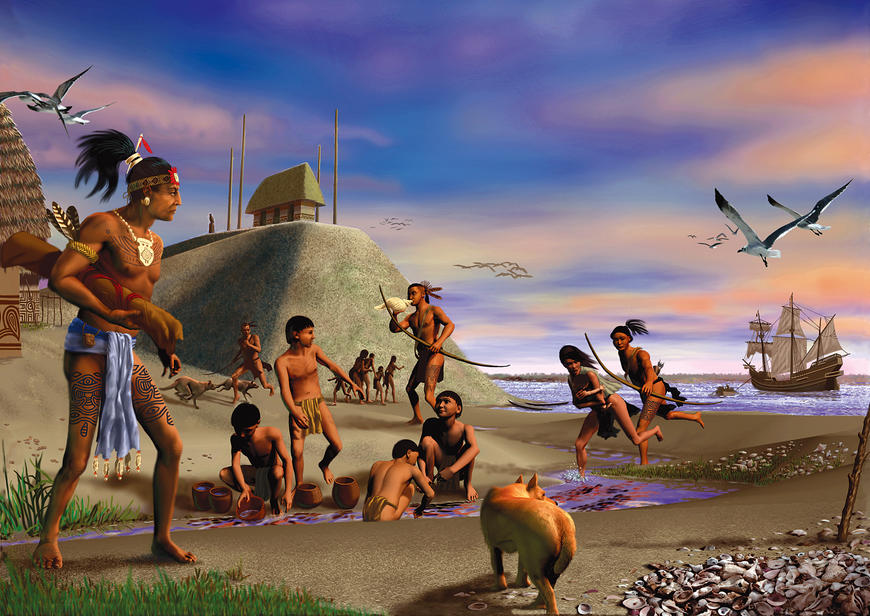
My course material in anthropology covered three main sections: the Upper Paleolithic period, the life of early farmers and the civilizations of the New World. The sections create the consecutive chain, which gives a clear look at the history of creation and development of ancient tribes. Each part contains the archeological evidence, which supports the facts, introduced by the course.
The first section – The Upper Paleolithic Period describes the last 30 000 years of Pleistocene Epoch. It tells the story of the settlement of ancient tribes, indicating their geographical position. The cultures of the Upper Paleolithic Period extended from the Atlantic through Eastern Europe to the Eastern shores of Siberia. In this period takes place the first attempts of ancient people for hunting and fishing. The tools mostly consisted of obsidian blades and flint. Their works were not sophisticated, however, they managed to create a blade and other things from bones and horns. The signs of their culture are represented on the cave walls. Drawings and symbols of such kind were the regular means of expression of the literacy of ancient civilizations. The pictures on the walls contained mostly the images of animals and different symbols. In most cases, they expressed their way of life and the events, which they faced. Thus, we received evidence of the existence of ancient civilizations due to the analysis of the Lascaux cave, which belongs to one of the world’s most important prehistoric sites.
The second section describes the settling down of early farmers. This study contains the analysis of geographic places, where the first crops were produced and developed. The first part includes the development of simple farming societies, while the second one concentrates on the farmers in South, Central, and North America, who dealt with maize racing. The plants were initially domesticated in the Near East, moving to the west and spreading throughout Europe. At that time the number of people increased, though most of the cultures, which we have nowadays were not implicated. For example, chickens, horses, and ducks were not domesticated. The Neolithic farms included the following plants: cattle, wheat, barley, pigs, goats and so forth. That period of time predetermined the hard conditions for people, as there were no special devices, which could help them in the organization of their farming. Thus, they managed to create the conditions, for their existence and survival in the harsh times.
The third section of the course is dedicated to the New World, which represents several great civilizations. Most of the attention is paid to such tribes as Maya, Olmec, Inca and so forth. The anthropologists had an idea that a very complex society developed in the Amazon Basin. All these tribes possessed certain peculiarities, which indicated their specific impact in history. Maya was a tribe which is most famous for its architecture and literacy development. Olmec was characterized by their artwork, which reflected the main values of the New World culture. Inca were known for their organization of the political events, hand waving, and artistic pottery. This kind of tribes acquired a greater level of education than all the previous ones. Inca tried to assimilate to other cultures and understand their meaning. That’s why they copied different art styles, revealed in creating pictures on ceramics.
Concluding this article, it is necessary to state that the history of ancient civilizations opens our vision to the development of the culture, its first representation. Ancient tribes managed to start the things, which later became the basis for the nation’s comfortable existence. They used farming as a tool for survival. However, they developed it to the level, which predetermined the successful functioning of thousands of their followers. We can definitely call the ancient civilizations – the founders of the basic social ground.